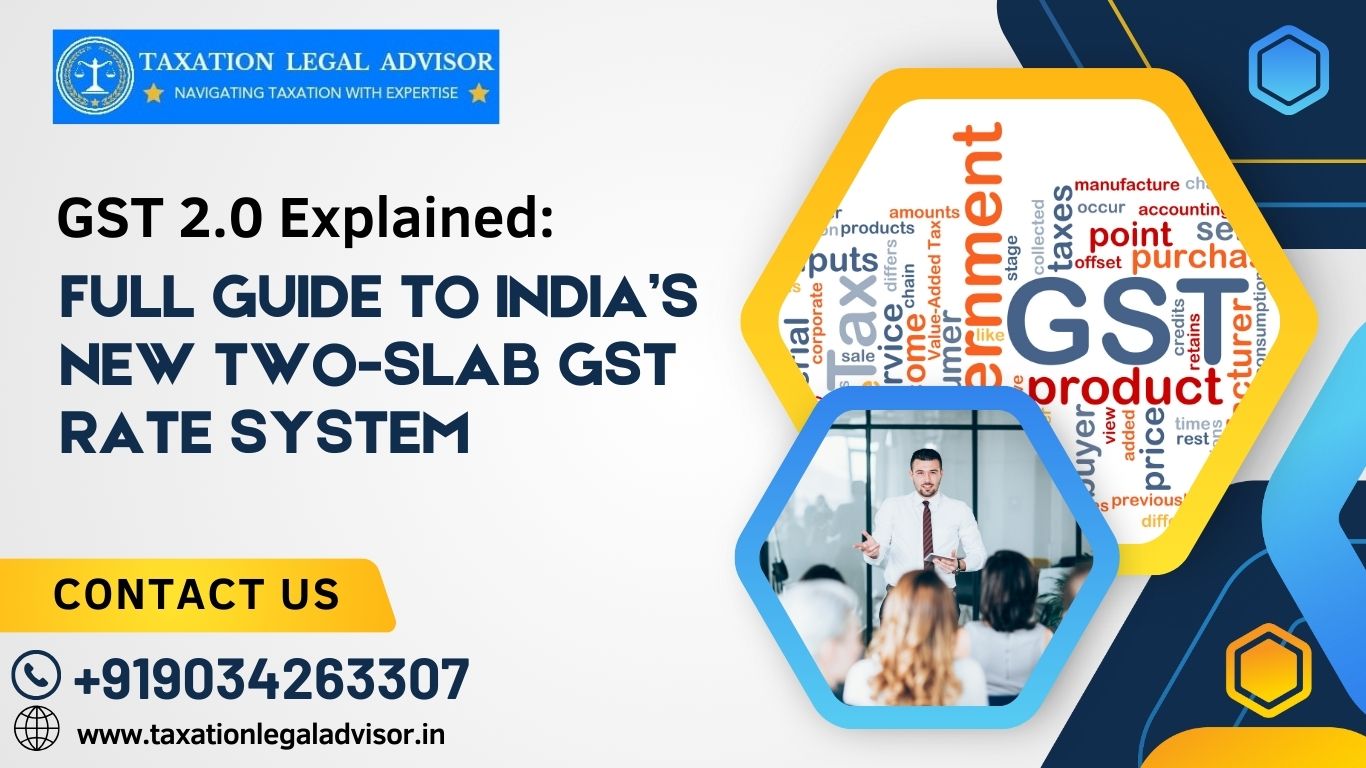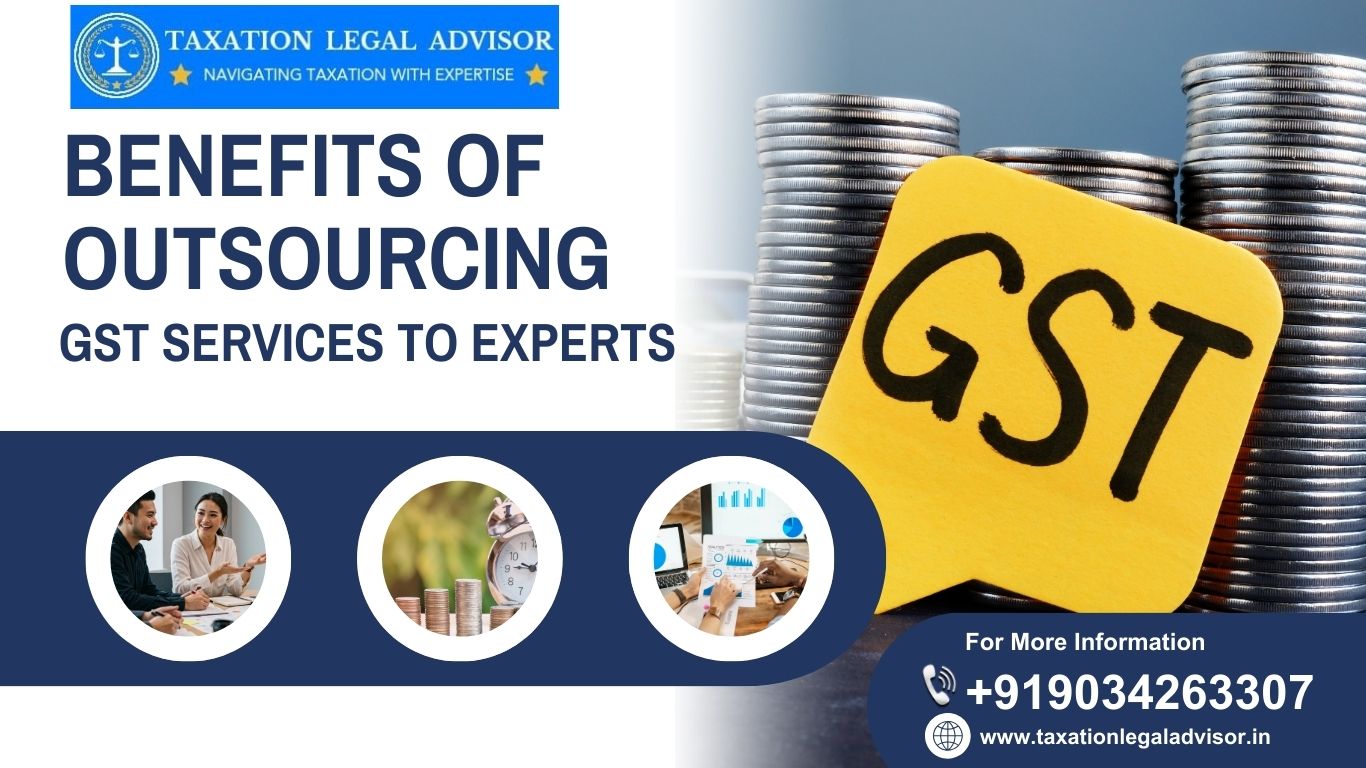Introduction to GST 2.0
India’s tax landscape underwent a historic shift on September 22, 2025, with the introduction of GST 2.0. The GST Council streamlined the earlier four-slab framework into a transparent two-rate structure, tackling common issues such as compliance burdens, tax disputes from rate confusion, and blocked working capital for businesses. The move aims to boost domestic consumption, simplify tax compliance, and provide direct relief to a broad segment of citizens and enterprises.
The New GST Rate Structure
- 5% (Merit Rate): Essential goods and services, primary groceries, medicines, and energy-saving products
- 18% (Standard Rate): Most manufactured goods and consumer services
- 40% (Demerit Rate): Applied to luxury and sin goods (tobacco, premium vehicles, select pan masala, aerated drinks)
- NIL GST (0%): Certain health, education, and staple groceries
Key goals for this structure are simplicity, compliance ease, and correcting previous inverted duty issues.
What Gets Cheaper Under GST 2.0?
Household Essentials and Personal Care
- Soaps, toothpaste, hair oil, talcum powder: Slashed to 5%
- Domestic and unpolished marble: Down to 5%
- Exercise books, graph/lab paper: now NIL (0%)
Food, Groceries, and Staples
- Food grains, pulses, unbranded flour/rice: Remain exempt or 5%
- Indian breads (roti, paratha, paneer, khakhra, pizza bread): NIL GST
Healthcare and Insurance
- Over 30 lifesaving medicines, including cancer/rare disease drugs: Now NIL GST
- Individual health and life insurance policies: NIL GST
Construction and Appliances
- Cement: 28% → 18% (a huge benefit for homebuyers/builders)
- ACs, refrigerators, washing machines, dishwashers: 28% or 18% → 18%
- PVC pipes, non-polished stone, renewable energy devices: Down to 5%
Transportation and Automotives
- Small cars, two-wheelers, most automobile parts: 28% → 18%
- Tractors and agricultural machinery: Now 5%
- Electric Vehicles: Remain at 5%
Services
- Salons, barber shops, yoga centers: 18% → 5%
- Non-AC restaurants: Remain at 5%
What Will Be Costlier?
Garments and Accessories
- Clothes priced above ₹2,500: Now 18% (up from 12%)
- Premium footwear and branded accessories: Shifted to 18%
Luxury Electronics and Items
- Premium/large screen TVs, gadgets, and imported audio hardware: 18%
- Select imported luxury goods: Higher rate slabs
Luxury and Sin Goods
- Premium cars, certain tobacco, aerated drinks, pan masala: Now 40%
Services
- Club memberships, luxury hospitality, amusement/theme parks: Higher rate slab
Jewelry and Precious Items
- Gold/diamond jewelry: Continue in higher bracket (usually 18%)
Rationale, Economic & Compliance Impact
Consumer Benefits
- The reforms provide estimated household savings of ₹2-2.5 lakh crore yearly.
- Cheaper essentials directly benefit the poor, middle class, and consumers in rural and urban India.
- Construction, manufacturing, and MSMEs are expected to see cost/working capital relief.
Business and Administrative Impact
- The GST Appellate Tribunal (GSTAT) launches for quicker dispute resolution and compliance aid.
- Extensive digitalization: e-invoicing/adoption of AI tools, e-way bills, and streamlined registration will ease the compliance load for MSMEs.
Corrected Duty Structure
- The shift eliminates many “inverted duty” issues (input taxed higher than output), improving cash flow for manufacturers and exporters.
What Businesses and Consumers Should Do
- Update ERP/billing systems, product labeling, and marketing materials to reflect new rates
- MSMEs should tap into government and professional advisory programs for compliance training
- Stay updated with GST Council notifications, as the structure may see further refinements
- Consult legal advisors for optimal ITC (input tax credit) planning, sectoral implications, and compliance strategies
Conclusion
GST 2.0 marks a turning point for Indian taxation—delivering direct consumer savings, reducing compliance headaches, and supporting the expansion of India’s formal economy. As new slabs streamline rates and compliance, both consumers and businesses stand to gain from greater clarity, transparency, and fiscal relief. Rely on expert legal advisors like those at Taxation Legal Advisor for end-to-end support on GST litigation, compliance, rate optimization, and business growth in this next phase of Indian tax reform.
References: Major Indian financial dailies, Government of India notifications, Ministry of Finance press releases, GST Council public documents, leading tax advisory briefings and professional institutes.
📞 Call: +919034263307
🌐 Visit: https://taxationlegaladvisor.in










